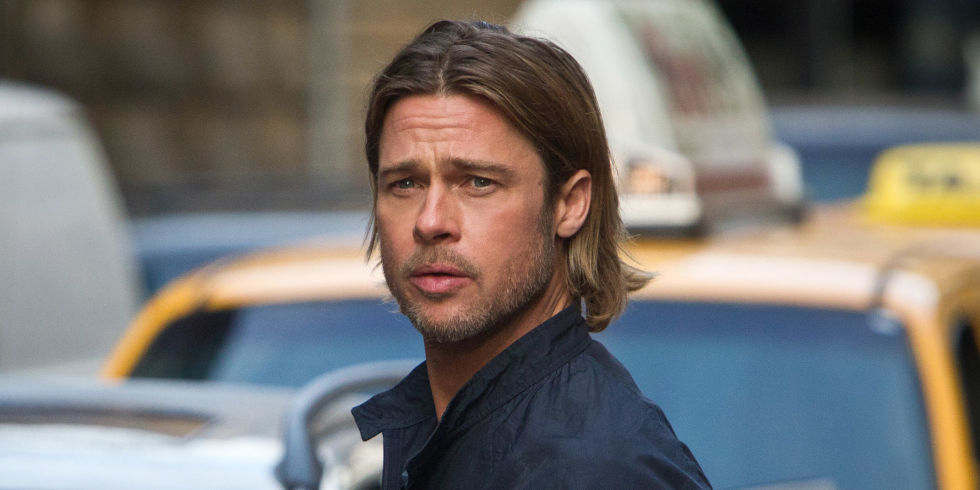
In order to translate a written work into moving pictures, some crimes must be committed. With books, we create the visuals with our imagination; a good movie brings those visuals to life.
Also, despite the numerous failed attempts to convert a full length novel into a compact yet captivating visual story, the notion that film adaptations are invariably inferior to its source material isn’t always accurate. In the list below, we intend to cover some of the most notable fails and triumphs of adapting a book for the big screen.
10. Breakfast at Tiffany’s
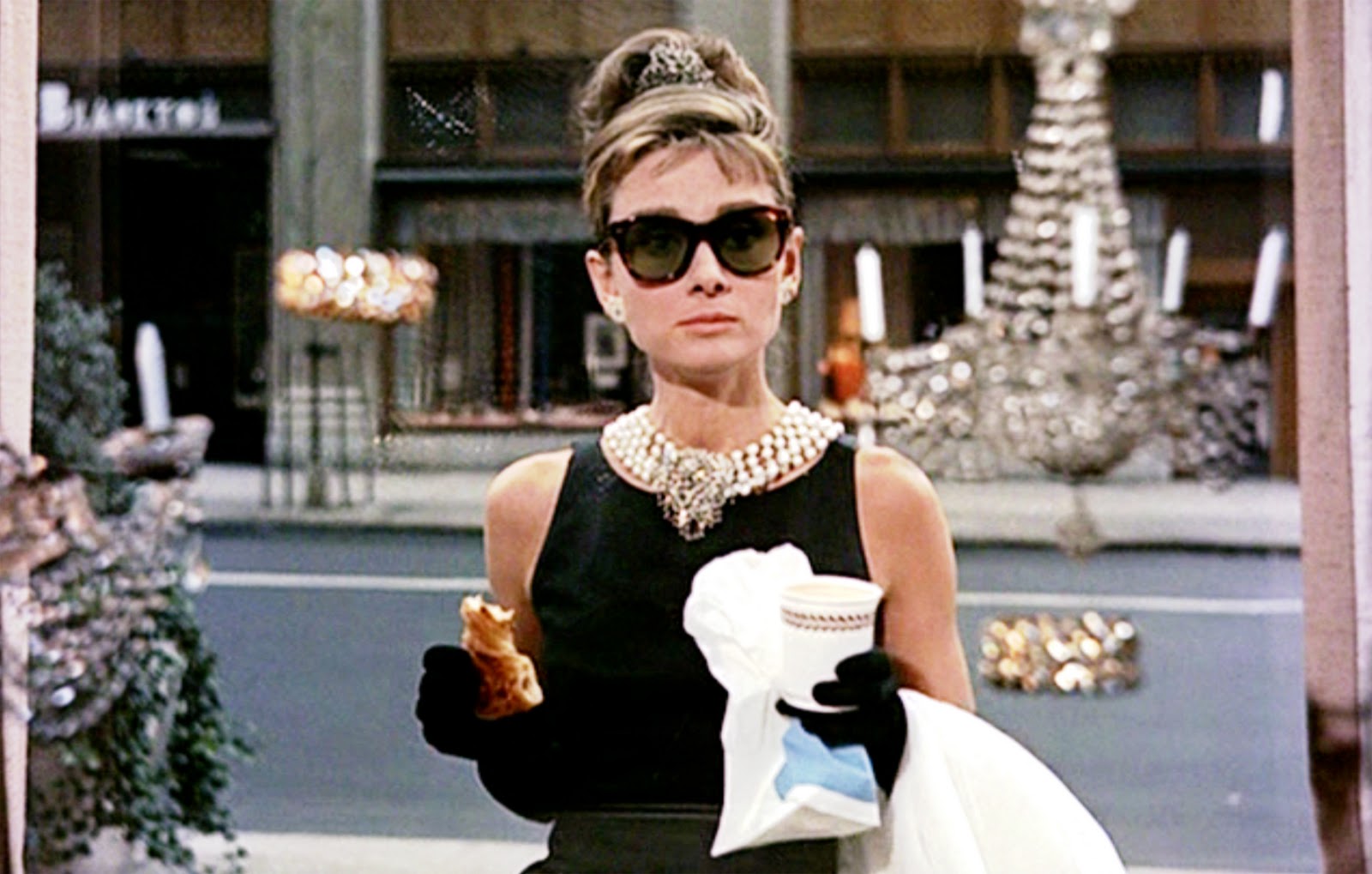
“Breakfast at Tiffany’s,” adapted from Truman Capote’s 1958 original novella, is set in New York City, and focuses on a charming, free-spirited socialite named Holly Golightly (played by Audrey Hepburn), who likes to spend her time throwing wild parties and consorting with wealthy men, as well as associating herself with wealth, luxury, and material goods.
Nevertheless, at her very core, she is an extremely discontented and empty girl living a meaningless life; she craves stability and is determined to find a millionaire husband who will support her for the rest of her life.
Both the book and the film share the same initial premise. However, Capote’s gritty character study of a complicated yet fascinating call-girl was radically shaped for the big screen into a traditional romantic comedy.
In the Movie: Holly is befriended by a handsome unsuccessful writer named Paul, who has just moved into her apartment building. They both eventually fall in love. And despite her great ambitions, Holly proceeds to abandon her plans of wealth and adventure to make a future with Paul.
In the last iconic scene, she runs through the rain to catch up with Paul and share a passionate kiss. Yet the film certainly serves its entertainment value: it basically depicts a classic fairy tale of a damsel in distress and a knight in shining armor to rescue her.
In the Book: First of all, there is no love story. The main male character and Holly were never romantically involved; in fact, he isn’t even heterosexual. Holly decides to follow her adventurous nature and continues to have affairs with wealthy men. In the end, she ends up, as far as we can imagine, in Africa.
Also, controversial themes such as abortion, drugs, and prostitution were omitted in George Axelrod’s film adaptation.
9. My Sister’s Keeper
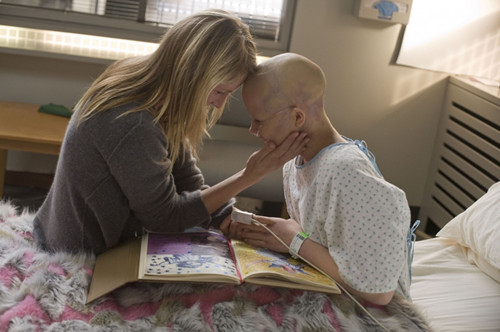
The central character of the story is Kate Fitzgerald (played by Sofia Vassilieva), a teenage girl who suffers from acute promyelocytic leukemia that she contracted in her childhood. When she was first diagnosed, her parents (Cameron Diaz and Jason Patric) decided to conceive another child by in vitro fertilization (Anna, played by Abigail Breslin), who would act as an organ bank for her older sister, donating blood, bone marrow, and is now also forced to give up one of her kidneys to keep her dying sister alive.
At age 11 (13 in the book), Anna has had enough of all these medical procedures and hires a successful lawyer with a 91 percent success rate (Alec Baldwin) to sue her parents for medical emancipation.
While “My Sister’s Keeper” remains as one of the saddest films in recent memory, director Nick Cassavetes chose to avoid a certain piece of the book’s ending, in order to prevent an even gloomier (and rather unrealistic) close for such poignant story.
In the movie: Kate’s family finally acknowledges that she doesn’t want to live any longer and is ready to die. Kate passes away while sleeping, with her mother by her side. The trial subsequently ends with the judge’s ruling in Anna’s favor.
In the book: Well, the unthinkable happens… Anna dies in a spine-chilling car accident right after the trial. She is declared brain-dead and her kidney is donated to her sister, who lives a long healthy life after all.
8. Fight Club
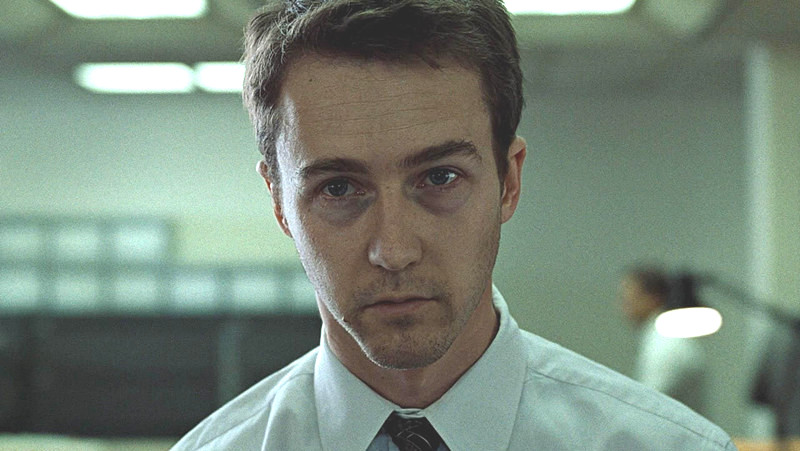
Starring Edward Norton, Brad Pitt and Helena Bonham Carter, “Fight Club” was directed by David Finch, based on the 1996 novel of the same name by Chuck Palahniuk.
The story follows the mundane life of an unnamed character only known as “the Narrator,” a discouraged corporate employee who comforts himself by buying things he doesn’t really need in order to fill an excruciating void in his life that continues to grow, but is never able to satisfy.
On a business trip, the Narrator meets Tyler Durden, a charming soap manufacturer who will teach him how to free himself from consumerism and leave his miserable life behind. Shortly afterward, they co-found an underground club known as Fight Club. What’s the plot twist? Tyler is actually not real. He is an alternate identity living inside the Narrator’s head.
While Jim Uhl’s adaptation of Palahniuk’s book is remarkably faithful, there are some key plot details (as Tyler’s intentions in the novel being purely destructive, while in the film counterpart he has a political agenda as his major motivation) that were modified. The biggest deviation, however, is the ending.
In the Movie: The Narrator is finally able to “kill” the part of himself that Tyler was, and has apparently gotten rid of him forever, suggesting that he will be able to rebuild his life and discover a new path with his lover Marla.
In the Book: The Narrator shoots himself in an attempt to eliminate Tyler, but then wakes up committed to a mental institution, convinced that he is in heaven. The book ends with the hospital employees telling him that they are eagerly awaiting Tyler to come back.
7. Inferno
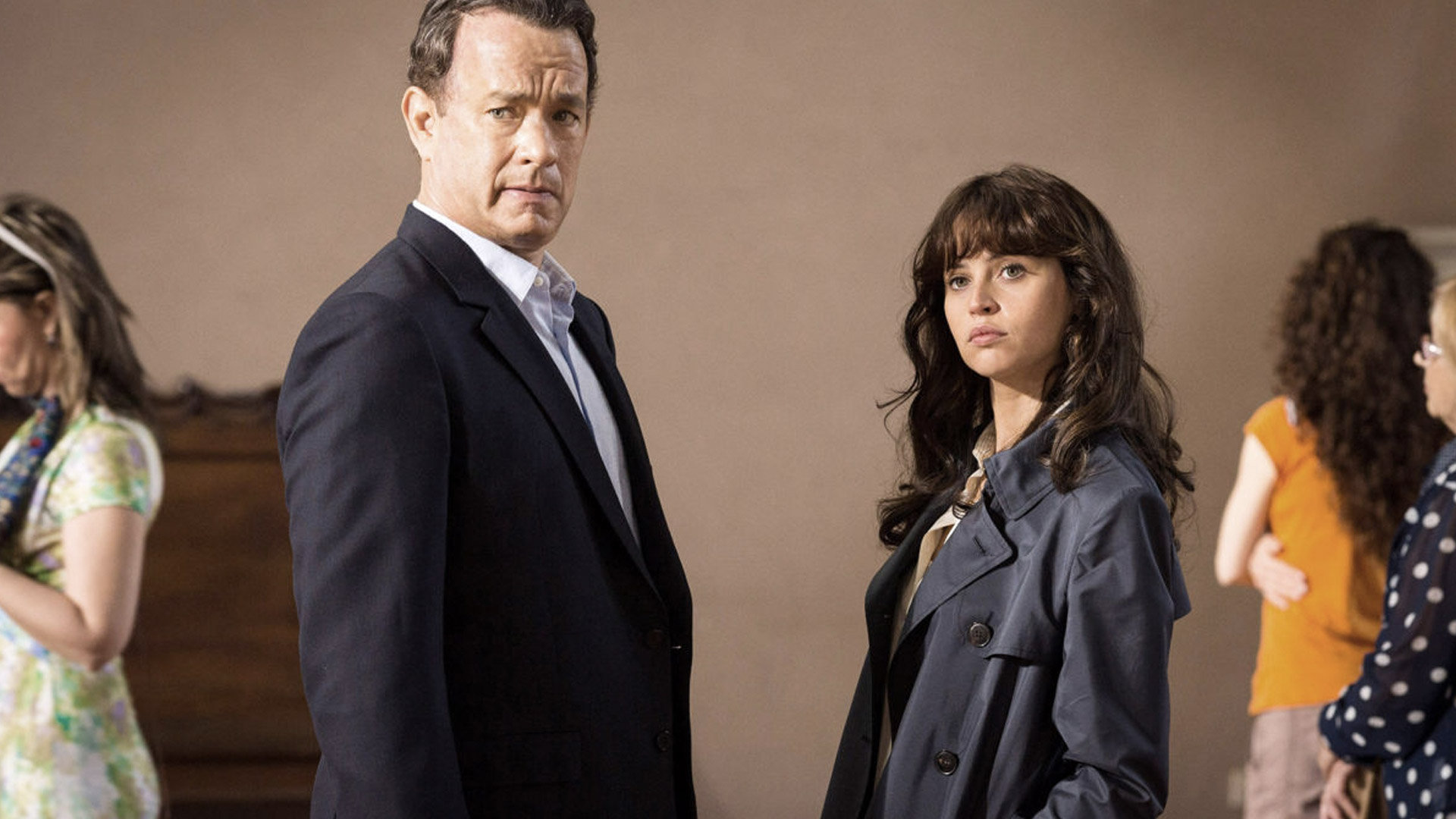
After “The Da Vinci Code” (2006), and “Angel and Demons,” (2009), “Inferno” (2016) completes the popular series of books by Dan Brown, adapted into a feature film.
Both the book and film begin with Harvard symbologist Robert Lang waking up injured in a hospital in Florence, Italy, suffering amnesia as a result from a bullet wound to the head. Shortly after, an assassin policewoman breaks into his room and attempts to finish him off, but he manages to escape with the help of his attending physician, Dr. Sienna Brooks (Felicity Jones).
From this point on, they both start a ride across Europe and the most iconic landmarks in the world, in order to unfold an elaborated plot involving an artificial deadly virus that threatens half of the planet’s population.
While Ron Howard and Tom Hanks’ screen adaptation of Brown’s Italian adventure is largely faithful, they still handled the resolution significantly different from the way it was concluded in the book.
In the Movie: Dr. Sienna Brooks is revealed to be the former lover of the now-deceased billionaire megalomaniac who created the virus and attempts to set off an explosion that will cause the plague to aerosolize. However, Howard opted for a satisfying ending where Robert and his team are able to locate the virus and stop it from being released into the world.
In the Book: The virus is already released and spreading by the time Robert and Sienna (who is good in the book) finally get to it. Feeling hopeless, they decide to simply let it run its course. The disease is later revealed to be a vector virus, which will employ DNA modification to cause sterility in one-third of our planet’s population.
6. The Scarlet Letter

As with most studio adaptations, the infamous American romantic drama “The Scarlet Letter,” loosely based on Nathaniel Thorne’s classic novel, has been made way more fetching and easily digestible for the audience by making use of a fanciful-happy ending.
In 17th-century New England, a young Puritan woman, Hester Prynne (Demi Moore), is found to be pregnant during her husband’s absence from the colony. After refusing to identify her child’s father, Hester is sentenced to wear the scarlet letter “A” for adultery, on her breast. At the same time, it is revealed to the viewer that the father of the illegitimate child is none other than Arthur Dimmesdale (Gary Oldman), a Puritan minister.
Soon after, Hester’s presumably dead husband, Roger Prynne (Robert Duvall) reappears and assumes the fictitious identity of “Dr. Roger Chillingworth,” with the purpose of hunting for his wife’s paramour.
In the Movie: Hester comes off a strong, independent female who rebels against sexual repression and religious intolerance. In the end, after witnessing countless scenes emphasizing Hester´s strength as a woman (by doing “manly” things), we finally get to see her ditching her scarlet letter and departing – with Reverend Dimmesdale and their daughter – for Carolina to live happily ever after.
In the Book: Reverend Dimmesdale literally gets sick of guilt and dies in Hester’s arms after confessing his sin. Hester keeps bearing her punishment and wearing her “A” letter as a reminder of her offense for the rest of her life. Upon her death, she is buried near the grave of Dimmesdale.